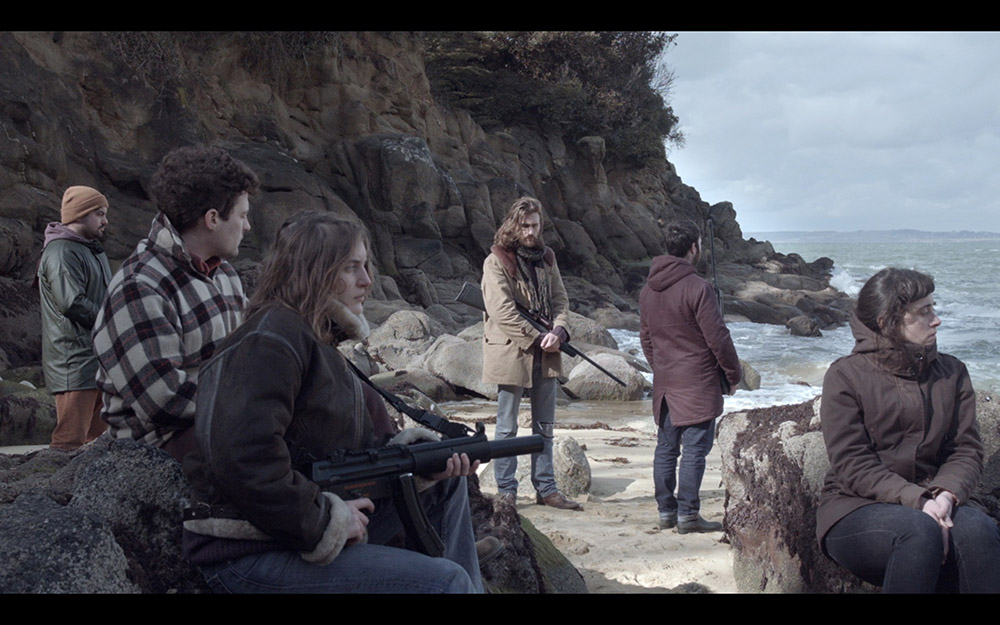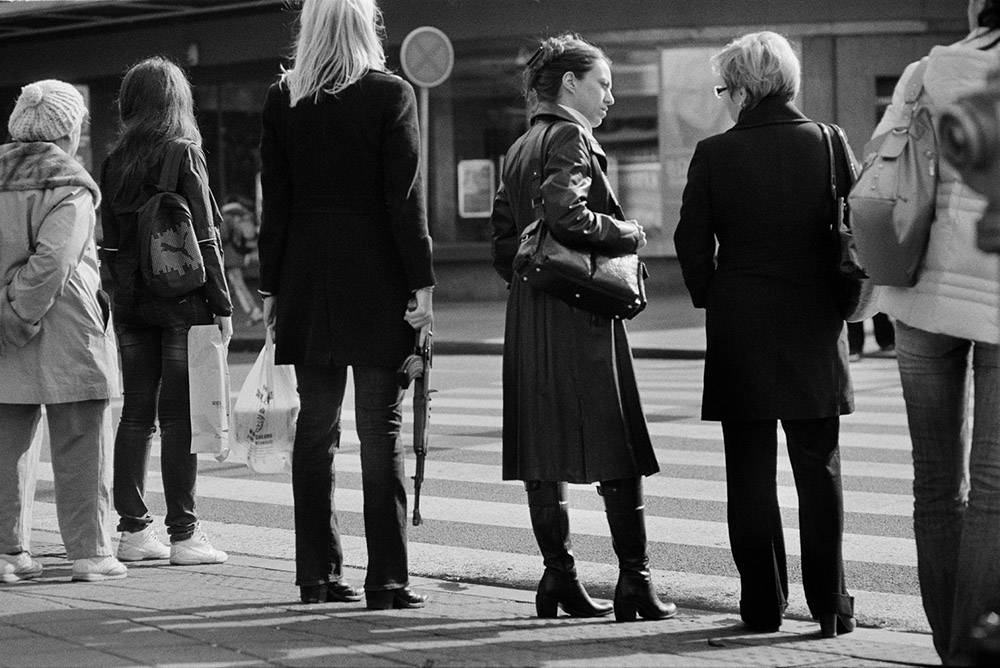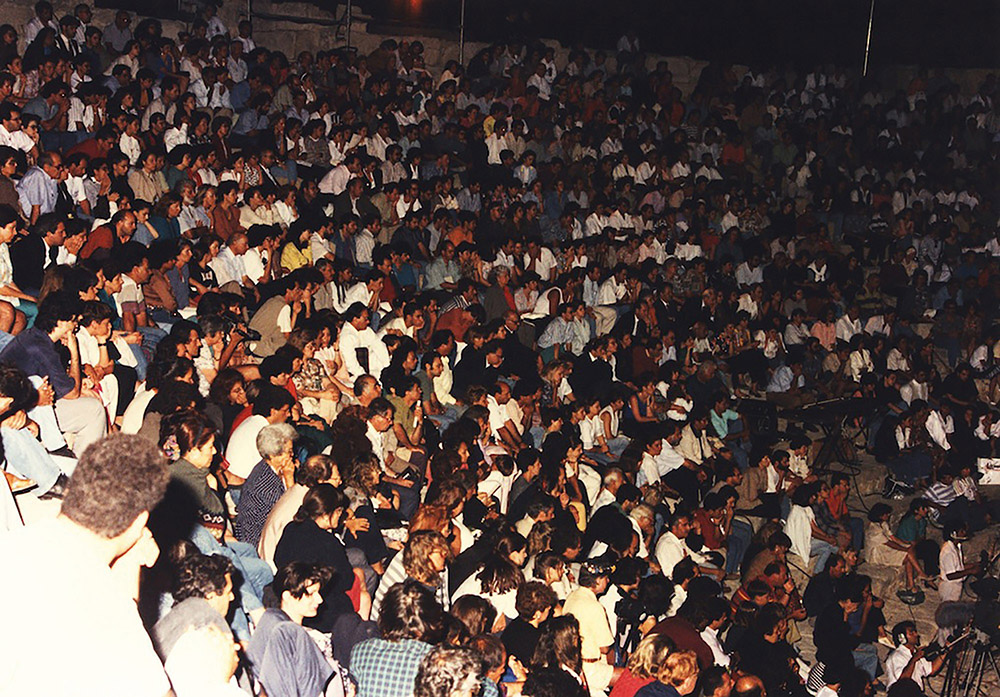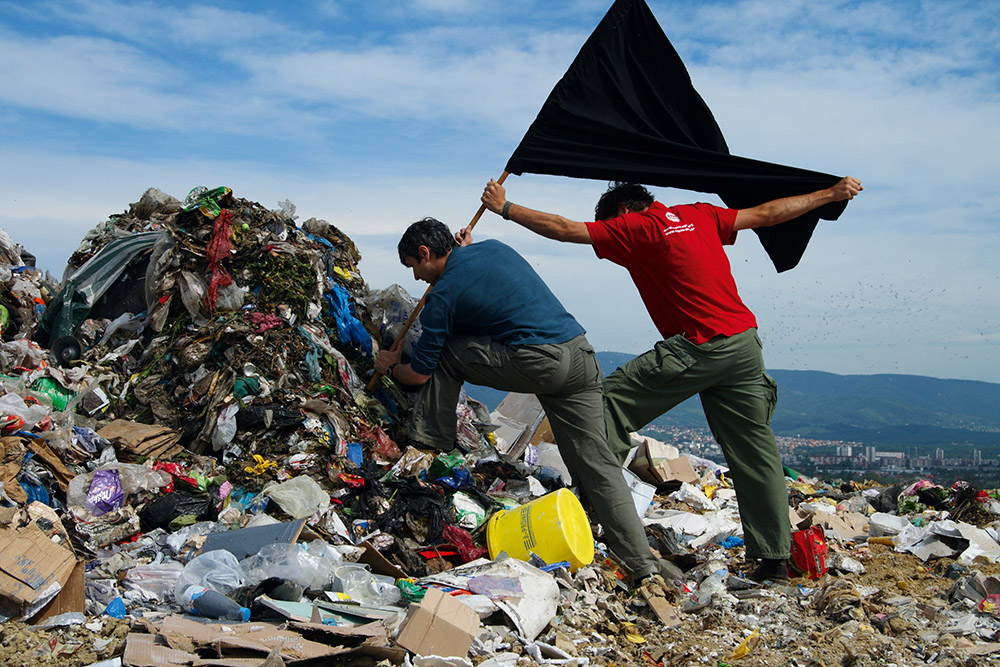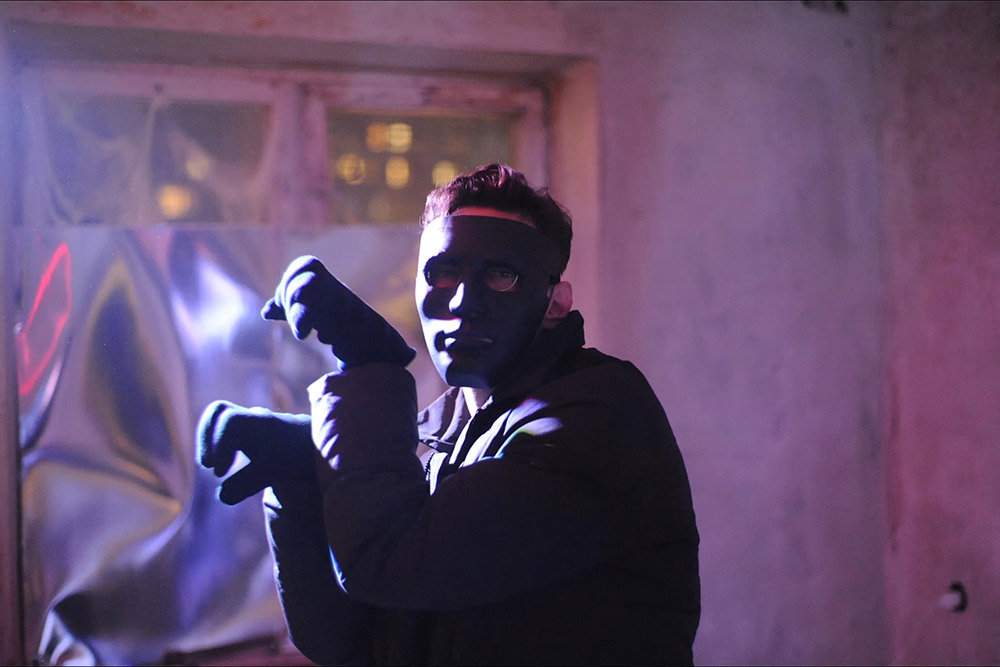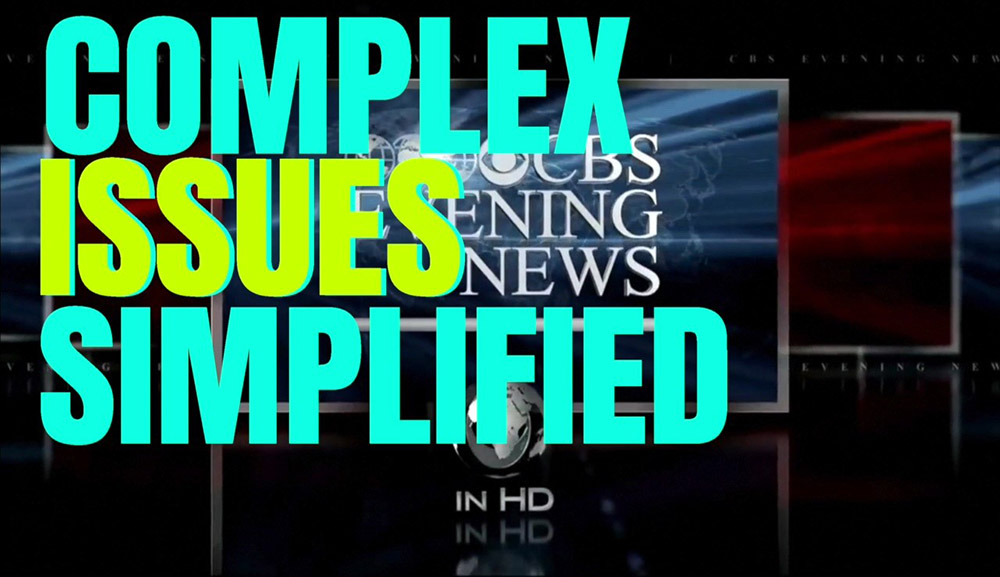ART CITIES:Vienna-The Value of Freedom
 Since the 1990’s neoliberalist thinking gradually is undermining democracy by eroding the very freedoms that have already been achieved and taken for granted. Today, faced with a climate of fear and insecurity, there is an increasing social consensus that the state should exercise more regulations and control. But “Freedom for the wolves has often meant death to the sheep”-Isaiah Berlin
Since the 1990’s neoliberalist thinking gradually is undermining democracy by eroding the very freedoms that have already been achieved and taken for granted. Today, faced with a climate of fear and insecurity, there is an increasing social consensus that the state should exercise more regulations and control. But “Freedom for the wolves has often meant death to the sheep”-Isaiah Berlin
By Dimitris Lempesis
Photo: Belvedere 21 Archive
It is against this backdrop that the exhibition “The Value of Freedom” with works by fifty artists, approach this issue from a variety of perspectives and weaves a tapestry of mutual dependencies and counter-effects, between the individual and society, between democracy and economy, between work and leisure, body and mind, nature and culture. In all of this, freedom invariably stands in relation to other factors and so must be constantly renegotiated. One central aspect of the exhibition is devoted to the fundamental essence of freedom. Is it about being free on the boundary between nature and culture, or is freedom merely a game whose appeal lies in its rules and the resistance to them? Can the individual cope with freedom, or are rules required? Works by Alexander Kluge, Artur Żmijewski and Dara Birnbaum address these and similar questions. A light is also shed on the question of freedom in economic terms. Harun Farocki addresses the maximisation of productivity with his film “A New Product” (2012) here Farocki shows that organizations have meanwhile found ways and means to speak positively using cynicism, that means, using phrases whose emptiness one not only perceives, but even takes into account, while Pilvi Takala shows how productivity becomes a collective goal, and Amalia Ulman questions the economisation of the self: does the constant increase in productivity through self-optimisation actually constitute increased freedom? Another aspect of the exhibition addresses the political formats that determine the structures of communal life. Oliver Ressler questions what democracy really is, and how it might be, while Christodoulos Panayiotou analyses the choreography and construction of public life, and Carola Dertnig urges open debate. Other works in the exhibition deal with the constraints imposed on freedom by surveillance, control and censorship. The instruments of control imposed by the state to ensure public safety while at the same time securing its own power, are the themes evident in the works of Eva Grubinger, Aernout Mik and Betty Tompkins. The exhibition not only highlights the control of information as a key element of power, but also addresses the resulting sense of exclusion from the political process. Activist works such as those by Center for Political Beauty, Forensic Oceanography, Igor Grubić and Hiwa K. generate critical counterpublics. The public space, reflecting political ideas and diverse individual needs alike, is the theme presented by Šejla Kamerić, Nina Könnemann, Teresa Margolles and others. Aspects of the public space are juxtaposed with the mechanisms of social media, where the power of knowledge meets the impotence of disinformation. A number of works in the exhibition indicate the fragility of freedom. Artists such as Christoph Schlingensief or Superflex examine issues that threaten democracy, such as the social leitmotifs of fear, insecurity and corruption. By contrast, Anna Witt, Tobias Zielony and Johannes Gierlinger look at utopian visions and the notion of a flight into other worlds. Another aspect of the exhibition explores forms of subjectification and strategies of emancipation. This includes addressing new imperatives of identity politics. Ashley Hans Scheirl and Philipp Timischl take on the deconstruction of heteronormative gender roles and the construction of individual identities, while Isabella Maund and Marlene Haring confront the struggle for social recognition and rights.
Info: Curator: Severin Dünser, Belvedere 21, Arsenalstraße 1, Vienna, Duration 19/9/18-10/2/19, Days & Hours: Thu & Sat-Sun 11:00-18:00, Wed & Fri 11:00-21:00, www.belvedere.at
